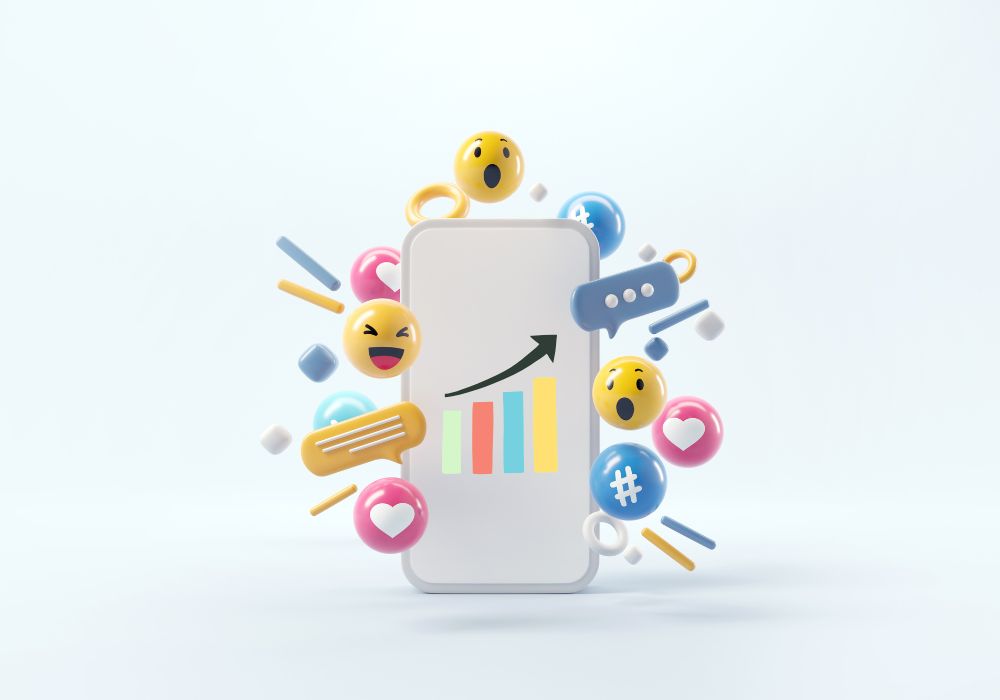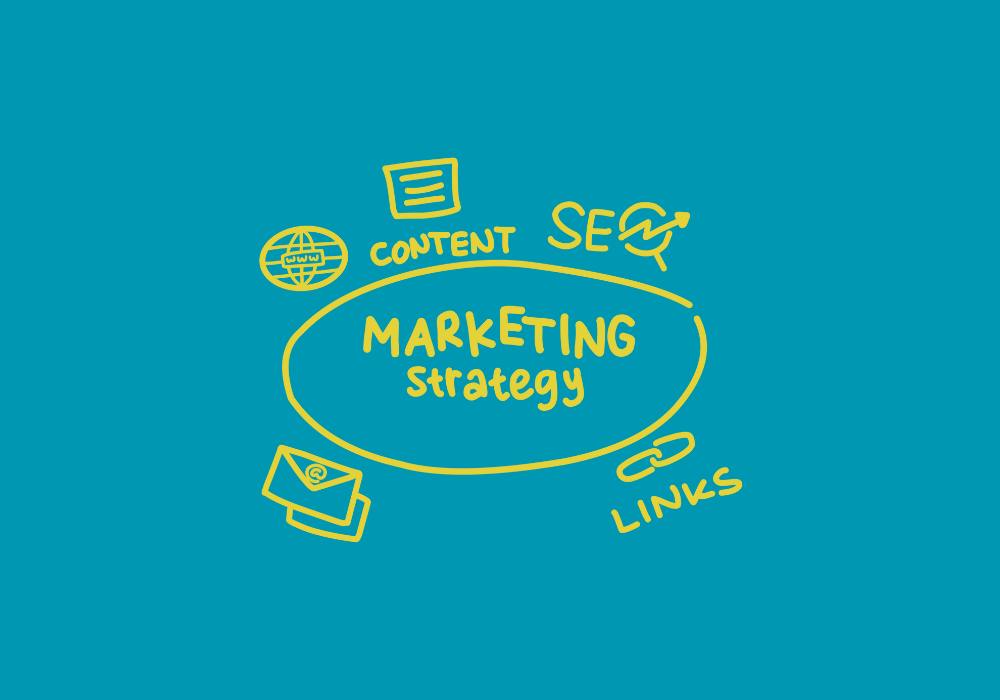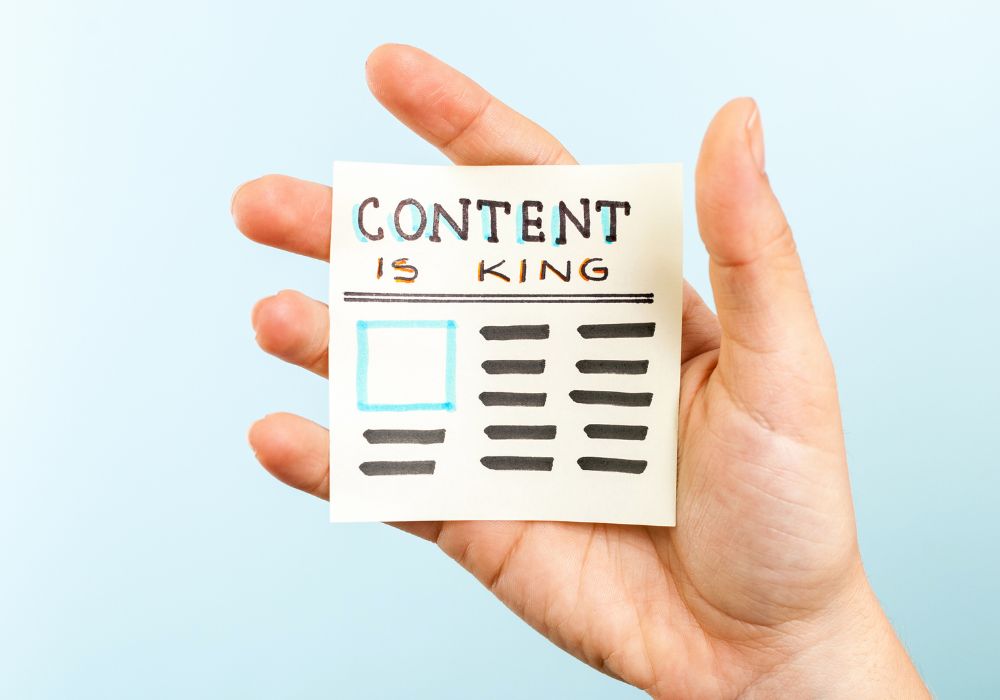In today’s hyper-connected world, social media marketing has become a crucial strategy for businesses of all sizes. With billions of people active on platforms like Facebook, Instagram, and Twitter, social media provides a direct way to reach and engage with potential customers. Here’s why social media marketing is essential for driving business growth. 1. Builds Brand Awareness Social media allows businesses to reach a vast audience and build brand recognition. By sharing engaging content consistently, you increase visibility and help people recognize your brand. Each like, share, and comment boosts your exposure, allowing your message to spread organically across platforms. 2. Engages Your Audience One of the greatest benefits of social media is the ability to engage directly with your audience. You can interact with customers through comments, messages, and polls, creating a more personal relationship. This two-way communication builds trust and loyalty, keeping your audience connected to your brand. 3. Drives Targeted Traffic By sharing blog posts, product updates, or promotional offers on social media, you can drive targeted traffic to your website. Social media marketing helps you target specific audiences based on their interests, demographics, and behavior, ensuring that the right people see your content and visit your site. 4. Cost-Effective Marketing Compared to traditional marketing, social media is cost-effective. Even with paid ads, social media allows you to control your budget and target ads to a specific audience, maximizing the return on your investment. Plus, organic posts are free and can still generate significant engagement when done right. 5. Provides Valuable Insights Social media platforms offer detailed analytics that help you track your performance. You can monitor the success of your posts, learn what content resonates with your audience, and adjust your strategy accordingly. This data-driven approach ensures that you continuously improve and maximize your marketing efforts. 6. Boosts Sales and Conversions Social media is a powerful tool for boosting sales and conversions. By showcasing your products, offering special promotions, and engaging directly with potential customers, you can guide them along the buying journey. Social media ads, combined with engaging content, can also lead to higher conversion rates. 7. Competitive Advantage Not all businesses fully leverage social media, which provides an opportunity for you to stand out. A strong social media presence gives you a competitive edge by showcasing your expertise, connecting with your audience, and building a loyal customer base that competitors might miss out on. 8. Expands Your Reach Globally Social media opens doors to a global audience. Whether you are a small local business or a larger company, you can connect with people from around the world, expanding your reach and potentially creating new business opportunities that go beyond your immediate location. Conclusion Social media marketing is no longer just an option for businesses; it’s a necessity for growth. From building brand awareness and engaging with your audience to driving traffic and boosting conversions, social media offers numerous benefits that can help your business thrive in today’s digital landscape. By implementing an effective social media strategy, you can build a strong online presence and set your business up for long-term success.
SEO vs. Paid Ads: Which Strategy is Right for You?
When it comes to digital marketing, two major strategies often dominate the conversation: SEO (Search Engine Optimization) and paid ads. Both approaches are effective, but choosing the right one depends on your business goals, budget, and timeline. Let’s break down the differences between SEO and paid ads to help you decide which strategy is best for your needs. What is SEO? Search Engine Optimization (SEO) focuses on improving your website’s organic visibility on search engines like Google. This is done through optimizing your website’s content, structure, and backlinks to rank higher in search results for relevant keywords. SEO aims to drive organic, long-term traffic. Pros of SEO: Cons of SEO: What are Paid Ads? Paid advertising, also known as Pay-Per-Click (PPC), refers to buying ads that appear on search engines or social media platforms. You bid on specific keywords or target audiences, and your ad appears to those users. Each time someone clicks on your ad, you pay a fee. Pros of Paid Ads: Cons of Paid Ads: SEO vs. Paid Ads: Which One is Better? There’s no one-size-fits-all answer to this question. It depends on several factors: Combining SEO and Paid Ads for Maximum Impact The best strategy may be a combination of both SEO and paid ads. Here’s how you can leverage both: Conclusion Both SEO and paid ads have their strengths, and the right choice depends on your business goals. If you’re looking for long-term, sustainable growth, SEO is the way to go. But if you need immediate traffic and have the budget to support it, paid ads can drive quick results. Ideally, a blend of both strategies will offer the most powerful approach, giving you both quick wins and long-lasting visibility.
Content Marketing Tips to Engage and Convert Your Audience
In today’s competitive digital world, content marketing is crucial for building brand awareness and driving conversions. Whether you’re a small business or a large company, creating engaging and effective content can help you connect with your target audience and turn them into loyal customers. Here are some key tips to boost your content marketing efforts. 1. Know Your Audience Understanding your audience is the first step to creating content that resonates. Conduct thorough research to identify their needs, preferences, pain points, and behavior. Use tools like surveys, analytics, and customer feedback to gain valuable insights. The more you know about your audience, the better you can tailor your content to meet their needs. 2. Focus on Quality Over Quantity It’s tempting to publish as much content as possible, but quality always beats quantity. Create well-researched, informative, and valuable content that solves problems for your audience. High-quality content builds trust, establishes authority, and encourages people to take action. Remember, it’s better to post fewer pieces of exceptional content than to flood your audience with mediocre material. 3. Use a Variety of Content Formats Engage your audience by offering diverse content formats. Not everyone consumes content the same way—some prefer reading, while others prefer visuals or videos. Experiment with blog posts, infographics, podcasts, videos, and social media posts to see what resonates most with your audience. A mix of formats keeps your content fresh and engaging. 4. Craft Compelling Headlines Your headline is the first thing people see, so make it count! A strong headline grabs attention and encourages readers to click. Use clear, concise, and benefit-driven language to communicate the value of your content. Incorporate numbers, questions, or power words to make your headlines even more enticing. 5. Include Strong Calls to Action (CTAs) A well-placed call to action can significantly increase conversions. Make sure each piece of content has a clear, actionable step for your audience to take, whether it’s signing up for a newsletter, downloading a guide, or making a purchase. CTAs should be persuasive, direct, and aligned with your goals. 6. Leverage User-Generated Content User-generated content (UGC) is a powerful way to build trust and engagement. Encourage your audience to share their experiences with your brand by posting reviews, testimonials, or social media content. Not only does this provide social proof, but it also strengthens your relationship with your audience. 7. Optimize for SEO Search engine optimization (SEO) is essential for making your content discoverable. Use relevant keywords, optimize meta descriptions, and ensure your content is structured well for search engines. By improving your SEO efforts, you increase the chances of your content being found by the right audience, which can lead to higher engagement and conversions. 8. Analyze and Improve Content marketing isn’t a set-it-and-forget-it strategy. Regularly analyze the performance of your content to see what works and what doesn’t. Use tools like Google Analytics to track metrics such as page views, time on page, and conversions. Use this data to refine your content marketing strategy and improve future campaigns. Conclusion Content marketing is a powerful tool for engaging your audience and driving conversions when done right. By knowing your audience, focusing on quality, and using varied formats, you can create content that captures attention and delivers value. Combine these strategies with SEO, strong CTAs, and consistent analysis, and you’ll see your content marketing efforts pay off.



